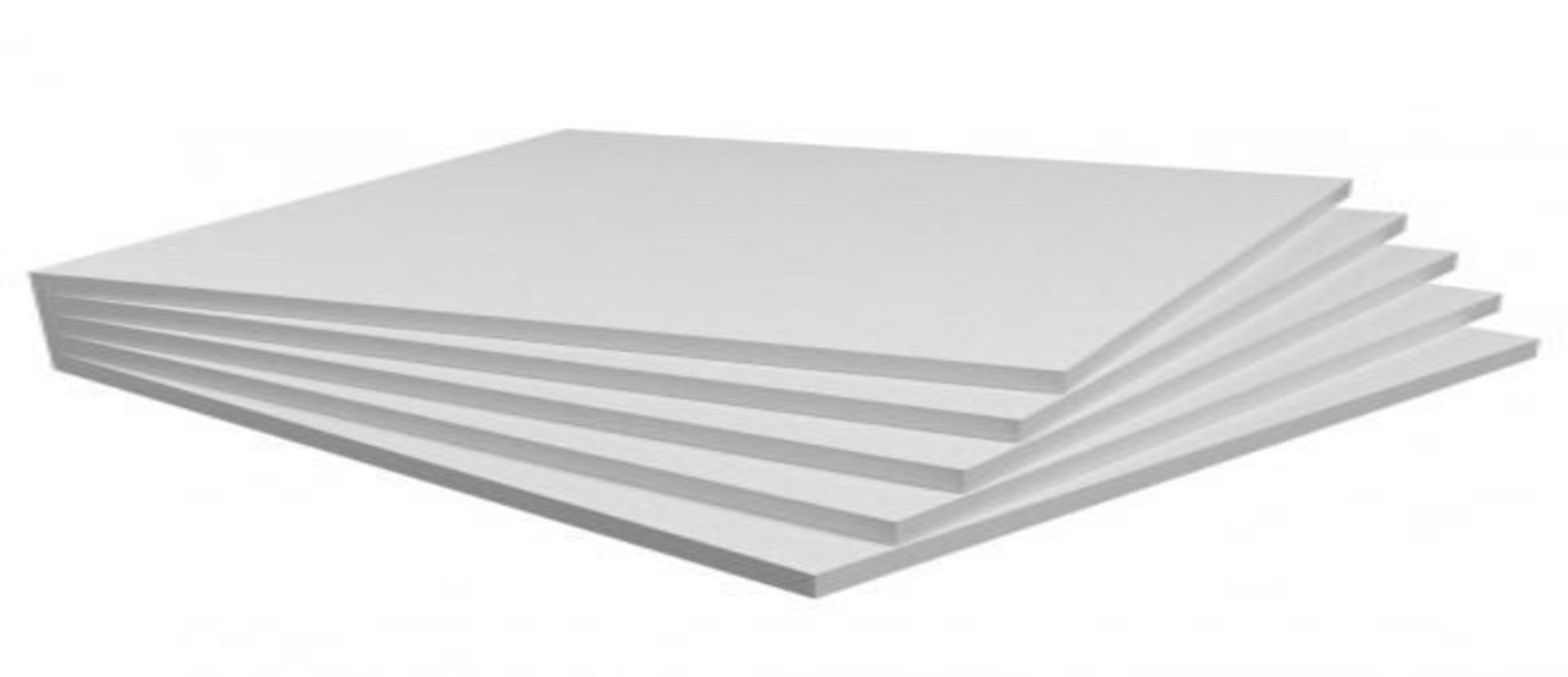Thermopol is a versatile material widely used across various industries for its unique properties. Known for its exceptional durability, thermal resistance, and flexibility, Thermopol plays a critical role in modern industrial applications. In this blog, we will explore Thermopol in five steps, breaking down its definition, properties, production process, key uses, and advantages.
Understanding Thermopol

It is a trade name often associated with thermoplastic elastomers (TPEs). These are polymer blends combining the properties of rubber with the ease of thermoplastic processing. Thermopol materials can be stretched and returned to their original shape without damage, making them ideal for applications requiring both elasticity and durability. The material is also highly customizable, allowing manufacturers to modify its physical properties to suit specific needs.
Properties of Thermopol
They stands out due to its remarkable set of properties. These include:
- Flexibility and Elasticity: It mimics rubber-like qualities, offering excellent stretch and recovery.
- Thermal Resistance: Thermopol can withstand extreme temperatures without degrading, making it suitable for high-heat environments.
- Chemical Resistance: It resists oils, fuels, and chemicals, ensuring longevity in harsh conditions.
-
Lightweight and Recyclable: Being lighter than traditional rubbers and reusable makes it an eco-friendly choice.
These features make Thermopol ideal for demanding applications where performance and reliability are critical.
The Production Process of Thermopol
It is produced by blending polymers through a process called extrusion or injection molding. The steps generally include:
- Compounding: Polymers and additives are combined to achieve the desired properties.
- Heating and Melting: The mixture is heated to a specific temperature until it becomes malleable.
- Molding: The molten material is shaped into products using molds or extrusion dies.
- Cooling and Solidifying: The material is cooled to set its shape.
-
Quality Control: Finished products undergo rigorous testing to ensure they meet industrial standards.
This efficient process results in a material that is both durable and easy to manufacture, supporting a wide range of industries.
Industrial Applications of Thermopol
It's adaptability makes it a go-to material for many industrial sectors, including:
- Automotive Industry: Used for seals, gaskets, and flexible hoses due to its thermal and chemical resistance.
- Medical Devices: Its biocompatibility makes it suitable for tubing, seals, and wearable medical devices.
- Electronics: Provides insulation and protective casings for wires and cables.
- Construction: Used for weatherproofing materials like window seals and roofing components.
-
Consumer Goods: Found in items like grips, handles, and footwear components.
Its ability to combine elasticity with durability ensures its utility in products requiring long-term performance.
Advantages of Using Thermopol
The use of Thermopol in industrial settings offers several benefits, including:
- Cost-Effectiveness: Its reusability and lightweight nature reduce production and transportation costs.
- Environmental Sustainability: it is recyclable, aligning with growing sustainability goals.
- Versatility: It is easily modified to meet specific industrial requirements, from hardness to color.
- Ease of Manufacturing: Its thermoplastic nature allows for rapid production using standard equipment.
- Improved Safety and Durability: Resistance to wear and environmental factors ensures safety and longevity in critical applications.

